What is better than the iPhone (iPhone) or Samsung (Samsung) - a review of two models of different generations
Let's try to answer the prosaic question: what better iphone or samsung?
Smartphone manufacturers like to call their offspring digital-letter combinations. Especially popular is the combination of the model number and the letter S.
Such enthusiasm marked and competing manufacturers samsung and Apple smartphones .
The difference between the sizes of the fifth models is striking, especially when they are in hand.

With the large dimensions of Korean phones, Californian is always somewhat slimmer. The iPhone 5s is almost 2 mm thinner than its competitor, and 6 by one.
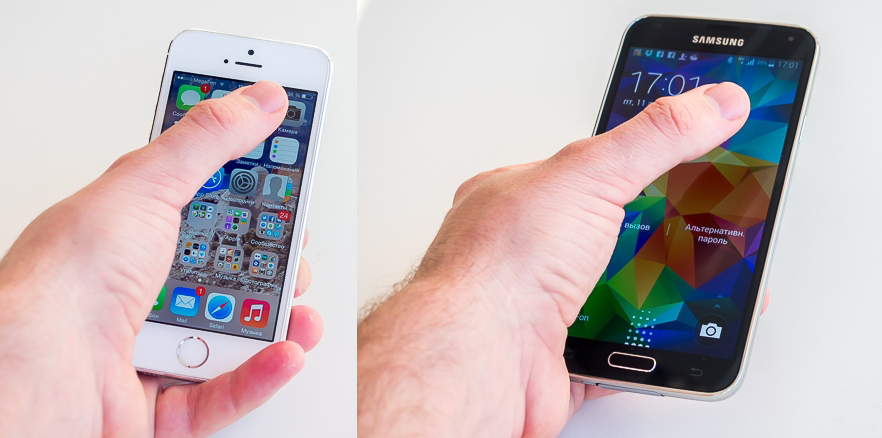
However, this circumstance is concealed by the rounded edges of Samsung. Because of this, they visually look more subtle.
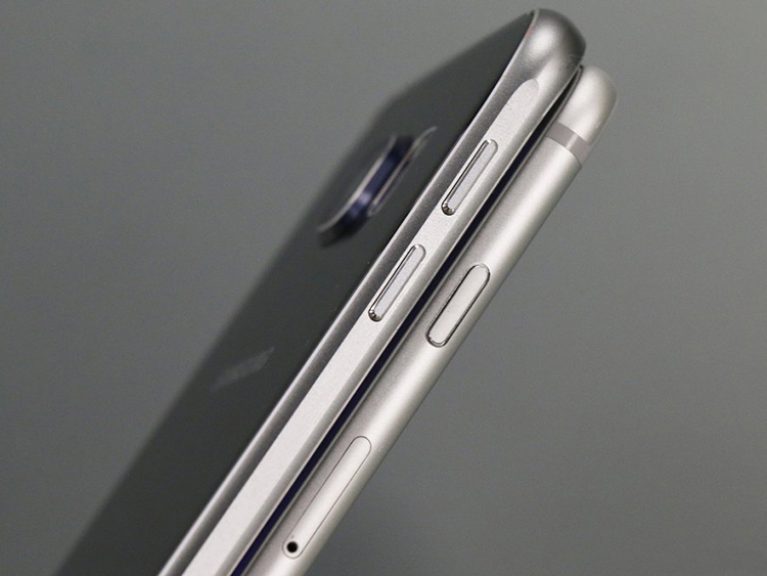
In terms of weight ratio, the difference between the fives is striking - 13 grams. The apple device is, of course, easier. But for the sixth generation models, the difference in weight is 9 grams.
It is noteworthy that of all the described phones only one ( Samsung galaxy S5) removable back cover.
The sixth model of the Korean galactic flagship acquired a solid body.

In the sixth model of the Galaxy, engineers decided not only to remove the removable cover, but also from plastic. Now the device is protected from all sides. Gorilla glass 4.
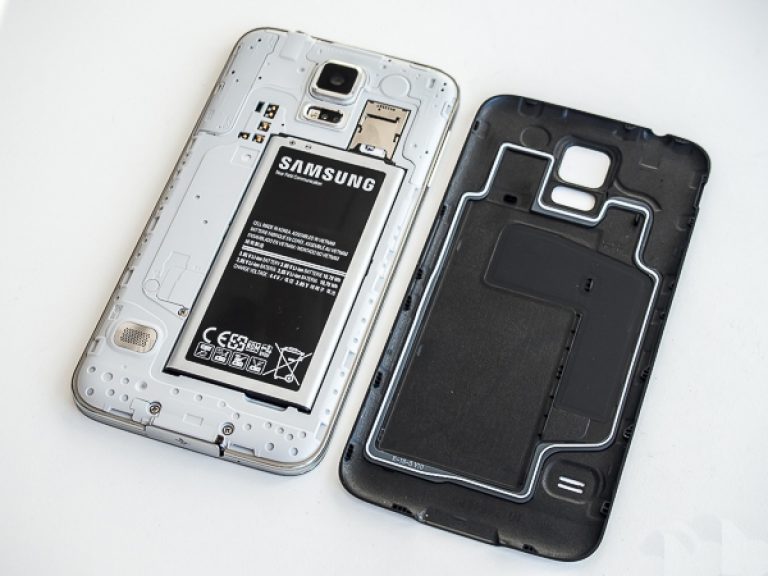
In "apples", as always, aluminum.
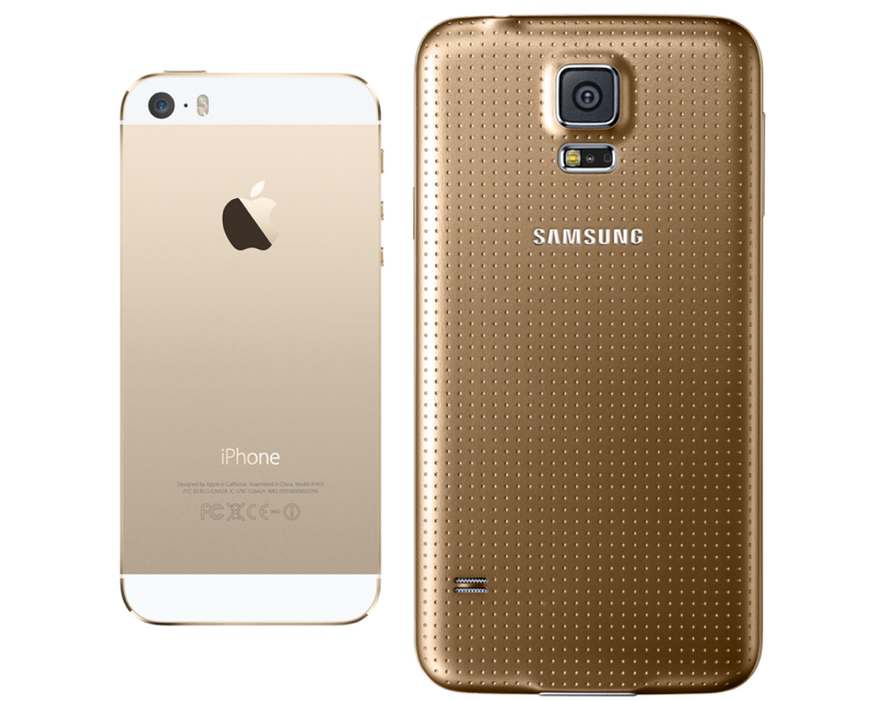
The assembly of all the devices is of good quality, but the Galaxy S5 also became dustproof.
For the "apples" high-quality assembly - the standard, but the S6 - the first monolithic device from the Korean company.
In terms of build quality and materials used, the sixth models are equal, and the fifth Korean is somewhat inferior to the Apple device of the same generation.

Note! iPhone is more prone to slipping from the palm of both the fifth and sixth. And if in the fifth it is compensated by compactness, then the sixth and strives to "jump out" of the hands. Samsung has it all right.
Display fights

The screens of all the phones are good (even the fifth models). There is nothing to compare specifically. The data on their parameters, tabulated, will be much clearer.
| ModelParameter | Galaxy S5 | iPhone 5s | Galaxy S6 | iPhone 6 |
| Technology | SuperAMOLED | IPS | Super AMOLED | IPS (Retina HD) |
| Diagonal | 5.1 inch | 4 inches | 5.1 inch | 4.7 inches |
| Resolution | 1080 × 1920 | 1136 × 640 | 1440 × 2560 | 1334 × 750 |
| Ppi | 432 | 326 | 577 | 326 |
| Color rendition | 16 million | 16 million | 16 million | 16 million |
More detailed characteristics will be useful only to enthusiastic people. In practice, we see fairly clear screens (even at 326 pixels per inch).
From some of the drawbacks of color rendering, it can be noted that the spectrum "slips" into blue ", and Samsung - into red, but this does not prevent us from transmitting a juicy picture.
Resolution and diagonal is also a controversial issue. The sixth generation of both devices received a record large screens.
This is a great solution for working with multimedia, but at the same time it mercilessly eats battery charge .
Smartphone stuffing
Comparing the fifth and sixth models with each other does not make sense, because the continuous development of technology does not give everyone the opportunity to keep up with them and the fact that a year and a half ago was a breakthrough is now irrelevant.
Processors and performance
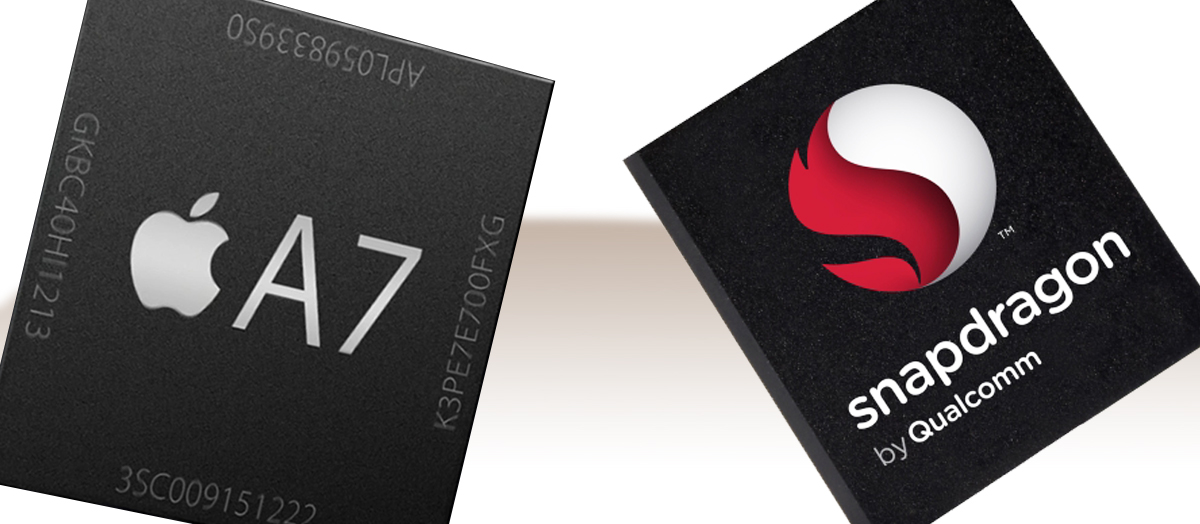
The fifth models are equipped with A7 (iPhone) and Snapdragon 801 (Galaxy S5) processors, respectively. The first dual-core at 1.35 GHz, the second - into four cores with a clock frequency of 2.5 GHz.
Note! With such a clock spread, the performance is more affected by the OS. So, iPhone faster competitor opens native applications, and Samsung - third-party.
At sixth apple models consistently follows the tradition and uses its own dual-core A8 processor at 1.4 GHz.
The Korean company also decided to use its own processor and installed the Samsung Exynos 7420, an eight-core CPU, in the S6.
Eight cores are actually divided into two quad-core processors at 1.5 and 2.1 GHz.
A less powerful chip acts as an auxiliary chip and turns on only at high loads.

Memory: operational and stationary
Which smartphone can store more information? Cases with RAM are better with Samsung: S5 - 2 GB, S6 - 3 GB. Both "apples" are supplied with 1 GB.
Moreover, their performance does not suffer, because of the excellent optimization. Only S5 has an SD card slot (up to 128 GB).
Other models are offered with built-in data storage (S6 - 32/64/128 GB, 5s - 16/32/64, 6 - 16/64/128).
In this case, the actually available space for storing personal data will be somewhat less, since this parameter does not take into account the OS.
Autonomy and battery
The battery capacity of both Galaxy (2550 mAh in S6 and 2800 mAh in S5) is almost twice as much as in iPhone (1810 mAh in 6 and 1560 in 5s). Autonomous work for all devices is about the same.
Why it happens?
Because "Koreans" use more energy-intensive processors.
Each device is capable of standby for about 260 hours, provide 20 hours of talk time and play music for about 50 hours.
Fingerprints

All presented devices are equipped fingerprint sensor.
And if the older generation of Samsung and both iPhones work fine, then the S5 is equipped with some frank misunderstanding.
To, you need to swipe your finger across the screen.
To do this with one hand is impossible.
The new generation of devices of the Galaxy A line has already been announced and we can get to know the Galaxy A7 (2016) and the Galaxy A5 (2016) better. We are especially interested in how good their cameras are and, to get a better idea, we will compare them with each other and the current flagship Apple iPhone 6S.
The Galaxy A7 (2016) and Galaxy A5 (2016) smartphones are extremely similar: both have the same design, but different screen sizes.
In terms of camera performance, both are also identical: the same 13-megapixel main camera with f / 1.9 aperture and optical stabilization, as well as a 5 MP front-facing camera.
We are curious about how high-quality images are obtained compared to iPhone smartphone 6S, which is equipped with one of the best sensors on the market.

General impressions
After several days of testing Galaxy devices in various conditions, we came to this conclusion: the new Galaxy A7 and Galaxy A5 have identical cameras. For all the time we did not see significant differences in the quality of photos, so we believe that both phones have the same camera.They shoot quickly and efficiently. Shortcut " Quick start”(Double pressing the“ Home ”button) opens the camera application almost perfectly. The problem of a random launch was not observed. The application menu is the same as the Galaxy S6 and Galaxy Note 5: convenient separate buttons for creating photos and recording videos, as well as buttons for switching between the front and main cameras are located below, where they are easy to get.
Image quality comparison


Samsung Galaxy A7 / A5 doesn’t actually take a bad shot, but they look a bit blurry. Apple iPhone 6S, by comparison, captures much more dynamic frames that are more pleasant to watch. He manages to take more saturated and clear pictures. You can verify this by reviewing the images below.
The second shot, taken on a smartphone from Samsung, looks more interesting. It is characterized by a natural display of colors. The iPhone, in turn, shows a more impressive picture: the colors are deep and perhaps even too much, although the image seems more vivid. You will see the difference if you compare the sky in both photos.



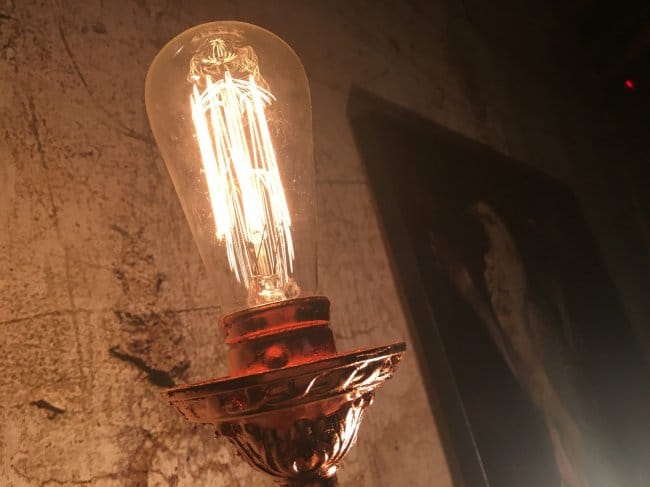
The heroes of our comparison encountered another difficult scene near the bar. And here Galaxy devices lost to their rival. Although both phones are equipped with optical stabilization, their cameras could not manage to take a clear picture. The iPhone has only digital stabilization, and it showed itself much better than the Galaxy A7 2016 and Galaxy A5 2016. The American gadget can shoot at ISO 640 with an impressive shutter speed of 1/17 second, while the South Korean at ISO 1250 and shutter speed 1 / 8 seconds.


When it comes to selfies, both smartphones in the Galaxy line have good shots with a wide viewing angle. So you can take a selfie with all your friends without any problems. The iPhone is completely different: it is rather difficult to take pictures with several people at once, they simply do not fit. Also quite noticeable is the difference in colors. Pictures taken on the Galaxy A7 / A5, look more real, while the iPhone 6S clearly oversaturated colors.


Video quality comparison
Samsung has equipped the Galaxy A7 (2016) and the Galaxy A5 (2016) with cameras that can shoot at 1080p resolution at 30 frames per second. Apple, in turn, equipped its flagship module, providing the user with video recording in 4K-resolution.The difference is big: the American producer’s smartphone makes videos with much better clarity than the South Korean one, and this is what you will immediately notice when you watch the video on a 1080p screen.
According to our initial impressions, the iPhone 6S has a wider image dynamics and is able to more effectively cope with the tasks set in difficult conditions. When the sun shines directly on the lens, the iPhone camera does not distort the picture and it manages to provide a balanced frame, although the Galaxy is also not bad, but not perfect.
Results
The Samsung Galaxy A7 (2016) and Galaxy A5 (2016) cameras, as we have said, are identical. Both cope with their task well, but not excellent. Of course, there is not enough time-lapse and support for recording video in 4K, although 1080p will be enough for many.Leave your feedback in the comments. How satisfied are you with the quality of photos taken on Galaxy A7 / A5 (2016)?
I'll start with the fact that with the release of the very first iphone used only by them. And I'm not a fan, it just happened. The last year and a half has been iphone 5s. But iOS was already sick of bitter radish, I wanted a big screen, another operating system, more features, in general it was very interesting to try android. What else does not suit already in the iphone is the small size of the memory (I have 16 GB) and the constantly discharging battery (but this is already wear), well, of course, the price is now just space with my income, I just can’t give 50 thousand for the phone.
So I chose very long and painfully new phone, the camera was very important, because I have a small child and I generally like to take a lot of pictures on the phone, the presence of a memory card, a large screen (from 5 inches). I looked at Sony for a long time, I really like the design, but the camera didn’t like it very much. It makes noises - I don’t like this effect (after all, after updating the android to 5.1, Sony’s camera started to shoot better - my husband’s z2).
So after a long reading of reviews and comparisons of the cameras of smartphones, I concluded that best camera on android at samsung. Galaxy S5 categorically did not like the design (namely, judging by the reviews, the camera is good) and I concluded that since the s5 camera is good, then the A5 should also be good. This was my main mistake. In my hands, of course, I turned both phones in and took pictures, but for some reason in the store I didn’t notice the difference in the photo.
So, having bought a new Samsung Galaxy A5 and when I came home, I just took the first photo and I had a shiver through my body because I bought what I now have to do with it))) here's a photo:
Everything is blurry and blurred. It was a day, the photo was taken in front of the open balcony!
Important note! I’m not sure if this is the case on all devices, but when I’m looking at this review through my phone, it’s clear that all the photos are cut down in quality. So if photo comparison is important to you, then it’s best to watch a review. from the computer. I also do not exclude that the quality is not compressed from another browser on the phone or simply from another phone.
After this photo, I photographed all day, it seemed to adapt myself to making clearer and brighter photos, but looking at the photos from the old iPhone was terribly upset that you had to dance with tambourines to get less acceptable photos while on the iPhone everything is simple. There may be a matter of habit, of course. To be fair, I’ll say that the iPhone doesn’t have an ideal camera either, especially in low light and indoors, plus such a screen in an iPhone that everything seems very beautiful, like a picture (by the way, I didn’t appreciate the praised Samsung amolyde, the screen is less blind in the sun)
Here is a photo comparison:
Samsung Galaxy A5:
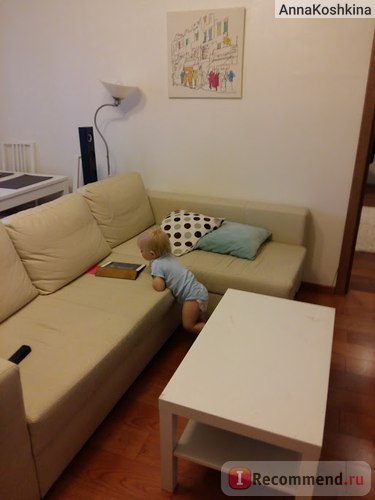
![]()
Here are some more photos just from the Samsung: on the street, shooting is good enough, but it still darkens even if the light is bright.


For justice, I’ll add photos that turned out well: (mostly macro shoots well in daylight)
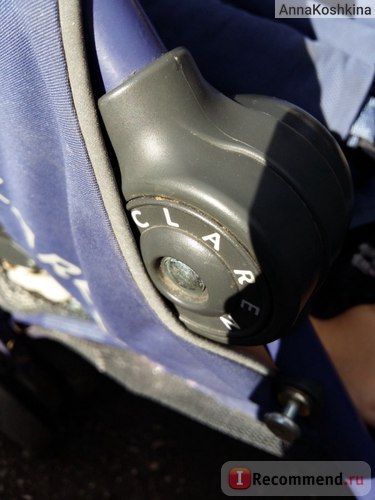

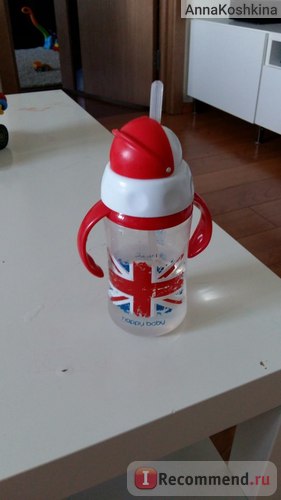

In general, I can say that the shell of the android from Samsung I did not like so much like that of Sony, but this is a matter of taste. I had a samsung when at school, a folding bed - and so IMHO the style was preserved :) just as clumsy, not very nice and not at all modern. Of course, the main disadvantage for me is the camera - it’s very dark (compared to iPhone), the images are fuzzy, blurred, gloomy, faded and not bright, you need to try hard to make it good photo, hdr mode It’s not a car, but you need to turn on a special mode (as something called a bright photo or something like that), if you shoot with this mode you need to wait for image processing for a long time, shooting is far from immediate.
Of the benefits, I note:
- really nice beautiful slim metal case - I had a white one, the back cover is a little pearl, it looks fine, it did not matter (unlike galaxy s5 which is in my opinion a quiet horror)
- large bright screen (not only the photo)))
- android and a lot of features (but the shell did not like it)
I was extremely glad that they took my phone back to the store - the phone was of course in perfect condition and the box and everything else, but still unpacked. I was not sure what to take - thank God took! I bought it in sitilinka, from now on I love this store :)) I'm not sure that I would take it everywhere. Thank God not bought in the online store. While I returned to the old iPhone, but the android is luring, I'll still buy Sony, I'm probably waiting for the new M5.
Update after some time:
I didn’t regret having handed over the phone - all the same, Samsung was not mine and the camera was frustrating then. But now I look at the saved photos and compare them with the iPhone - well, the difference was not so critical. Now I think that the difference in photo quality seemed huge because I compared the photos on different devices respectively. When I watch everything on the computer - all the flaws of the photo from the iPhone are visible and the difference seems not so big. This circumstance still does not do Samsung honor - the screen resolution of the A5 is not awful, so the photo looks mediocre. The iPhone, though it fotka in the room, is also so-so, but the screen is good and the photos look much better. Yes, it is quite a controversial plus, but enjoyable. Added some photos that turned out perfectly on the Samsung to restore justice :)
Update 2 :)
Update 3 :)) LG broke down (because of my fault, a child peed on it)), bought a Asus ZenFone selfie, also a class. The camera is almost like a LG.
Make and model
Information about the brand, model and alternative names of a particular device, if any.
Dimensions: 58.6 x 123.8 x 7.6 mm | Dimensions: 69.7 x 139.3 x 6.7 mm |
|
| Alternative names | A1428 A1429 A1442 | SM-A500F A500F |
Design
Information about the size and weight of the device, presented in different units of measurement. Materials used, colors offered, certificates.
SIM card
The SIM card is used in mobile devices to store data that authenticates the subscribers of mobile services.
Mobile networks
A mobile network is a radio system that allows multiple mobile devices to communicate with each other.
| GSM | GSM 850 MHz GSM 900 MHz GSM 1800 MHz GSM 1900 MHz | GSM 850 MHz GSM 900 MHz GSM 1800 MHz GSM 1900 MHz |
| CDMA | CDMA 800 MHz CDMA 1700/2100 MHz CDMA 1900 MHz | - |
| CDMA2000 | 1xEV-DO Rev. A | - |
| UMTS | UMTS 850 MHz UMTS 900 MHz UMTS 1700/2100 MHz UMTS 1900 MHz UMTS 2100 MHz | UMTS 850 MHz UMTS 900 MHz UMTS 1900 MHz UMTS 2100 MHz |
| LTE | LTE 700 MHz Class 17 LTE 850 MHz LTE 1700/2100 MHz LTE 1800 MHz LTE 1900 MHz LTE 2100 MHz | LTE 800 MHz LTE 850 MHz LTE 900 MHz LTE 1700/2100 MHz LTE 1800 MHz LTE 1900 MHz LTE 2100 MHz LTE 2600 MHz LTE-TDD 2500 MHz (B41) |
Mobile technology and data rates
Communication between devices in mobile networks is carried out through technologies that provide different data transfer speeds.
Operating system
The operating system is the system software that manages and coordinates the work of hardware components in the device.
SoC (System on Chip)
The system on a chip (SoC) includes in one chip all the most important hardware components of a mobile device.
| SoC (System on Chip) | Apple A6 APL0589 | Qualcomm Snapdragon 410 MSM8916 |
| Technological process | 28 nm | 28 nm |
| Processor (CPU) | ARM Apple Cortex-A7 | ARM Cortex-A53 |
| Processor capacity | 32 bits | 64 bit |
| Command set architecture | ARMv7 | ARMv8 |
| Cache memory zero (L0) | - | 4 kb + 4 kb |
| Level 1 cache (L1) | 32 kb + 32 kb | 16 kB + 16 kB |
| Second Level Cache (L2) | 1024 kB 1 MB | 2048 kB 2 MB |
| Number of processor cores | 2 | 4 |
| CPU clock speed | 1300 MHz | 1200 MHz |
| Graphics Processor (GPU) | PowerVR SGX543 MP3 | Qualcomm Adreno 306 |
| Number of GPU cores | 3 | - |
| GPU clock speed | - | 400 MHz |
| RAM Size | 1 GB | 2 GB |
| Type of RAM (RAM) | LPDDR2 | LPDDR3 |
| The number of channels of RAM | Dual channel | Single channel |
| RAM frequency | 533 MHz | 533 MHz |
Internal memory
Each mobile device has a built-in (non-removable) memory with a fixed volume.
Screen
The screen of a mobile device is characterized by its technology, resolution, pixel density, diagonal length, color depth, etc.
| Type / Technology | IPS | Super AMOLED |
| Diagonal | 4 in 101.6 mm 10.16 cm | 5 in 127 mm 12.7 cm |
| Width | 1.96 in 49.87 mm 4.99 cm | 2.45 in 62.26 mm 6.23 cm |
| Height | 3.48 in 88.52 mm 8.85 cm | 4.36 in 110.69 mm 11.07 cm |
| Aspect ratio | 1.775:1 | 1.778:1 16:9 |
| Resolution | 640 x 1136 pixels | 720 x 1280 pixels |
| Pixel density | 326 ppi 128 ppcm | 294 ppi 115 ppcm |
| Color depth | 24 bit 16777216 flowers | 24 bit 16777216 flowers |
| Screen area | 61.05 % | 71.21 % |
| Other characteristics | Capacitive Multitouch Scratch resistant | Capacitive Multitouch |
| Corning gorilla glass LED-backlit Oleophobic (lipophobic) coating 800: 1 contrast ratio 500 cd / m² | - |
Sensors
Different sensors perform various quantitative measurements and convert physical indicators into signals that the mobile device recognizes.
Main camera
The main camera of the mobile device is usually located on the back of the case and is used for photo and video.
| Sensor model | Sony IMX145 Exmor RS | Sony IMX135 Exmor RS |
| Sensor type | CMOS | CMOS |
| Sensor size | 4.54 x 3.42 mm 0.22 in | 4.69 x 3.52 mm 0.23 in |
| Pixel size | 1.382 microns 0.001382 mm | 1.136 microns 0.001136 mm |
| Crop factor | 7.61 | 7.38 |
| ISO (light sensitivity) | 50 - 3200 | 100 - 800 |
| Diaphragm | f / 2.4 | f / 2.0 |
| Focal length | 4.1 mm 31.21 mm * (35 mm / full frame) | - |
| Flash type | LED | LED |
| Image resolution | 3284 x 2448 pixels 8.04 MP | 4128 x 3096 pixels 12.78 megapixel |
| Video resolution | 1920 x 1080 pixels 2.07 MP | 1920 x 1080 pixels 2.07 MP |
| Video - frame rate / frame per second. | 30 frames / sec | 30 frames / sec |
| Specifications | Autofocus Digital zoom Digital image stabilization Geographical tags Panorama HDR shooting Touch Focus Face recognition | Autofocus Digital zoom Geographical tags Panorama HDR shooting Touch Focus Face recognition White balance setting ISO setting Exposure Compensation Scene mode |
Additional camera
Additional cameras are usually mounted above the screen of the device and are mainly used for video calls, gesture recognition, etc.
Audio
Information about the type of loudspeakers and audio technology supported by the device.
Radio
The mobile radio is a built-in FM receiver.
Wi-Fi
Wi-Fi is a technology that provides wireless connectivity to transfer data over short distances between different devices.
USB
USB (Universal Serial Bus) is an industry standard that allows different electronic devices to exchange data.
Headphone jack
This is an audio connector, which is also called an audio jack. The most widely used standard in mobile devices is the 3.5 mm headphone jack.
Connecting devices
Information about other important connectivity technologies supported by the device.
Browser
A web browser is a software application for accessing and viewing information on the Internet.
Video file formats / codecs
Mobile devices support various video file formats and codecs, which respectively store and encode / decode digital video data.
Battery
Batteries of mobile devices differ in their capacity and technology. They provide the electrical charge necessary for their functioning.
| Capacity | 1440 mAh | 2300 mAh |
| Type of | Li-polymer (Li-polymer) | Li-Ion (Li-Ion) |
| Talk time 2G | 8 h 480 min 0.3 days | 15h 900 min 0.6 days |
| 2G standby time | 225 h 13500 min 9.4 days | - |
| 3G talk time | 8 h 480 min 0.3 days | 15h 900 min 0.6 days |
| 3G standby time | 225 h 13500 min 9.4 days | - |
| Adapter power output | - | 5 V / 1.5 A |
| Specifications | Non-removable | Non-removable |
Compare two devices with different operating systems just not correct. iPhones are bought for work with iOS, for services, in the end, for being just an iPhone.
An ordinary buyer usually does not care how many gigabytes of RAM is installed in it and what frequency the processor has - it works and is pleasing to the eye, well, okay.
Android users choose their smartphones based on the performance of the devices, their power and duration battery life, and for many, the OS version and camera megapixels are also important.
Despite the different operating systems, we will comparative review iphone 5s and samsung galaxy s5 try to figure out which is better.
Approaches to devices are different, they are used completely for different purposes and before you decide on a choice, you need to understand why you need this smartphone, and only then compare the characteristics.
And here is a comparison of characteristics:
Smartphone screens
The display size of the Samsung device is a full inch larger - 5.1 versus 4 in the iPhone, and the resolution of 1920 is 1080 to 1136 to 640, respectively. Pixel density galaxy screen S5 is 432, against 326 at the device from Apple. Given the size of the display, the picture clarity is about the same, so you can't say that Apple's display is worse by the voiced parameters.
Processors
The iPhone has its own Apple A7 processor with two cores and a frequency of 1.3 GHz. At Samsung Galaxy, a Qualcomm Snapdragon 801 processor, with an amount of 4 cores and a frequency of 2.5 GHz, provides work.
You will be interested
Operating Systems
As stated above - this is the main and most decisive difference between these smartphones.
If a person wants iOS, then whether the device on Android is at least a dozen times more productive in terms of parameters, it still will not change his decision.
So if you already have iOS devices or you plan to purchase them or you want to combine and synchronize your devices into one ecosystem, then your choice is iPhone.

Will you pick an iPhone 5s?
In all other cases - Android. Because the sharing of devices on different operating systems will bring only unnecessary problems with synchronization, compatibility of services and payment of various subscriptions, which are different everywhere. And for applications from the store, which each OS has its own, you will have to pay separately.
Flagship RAM
Samsung manned its flagship random access memory in 2 gigabytes. For Android devices, this is a very important indicator, so the number here is fully justified. In the iPhone 5s, this figure is limited to one gigabyte and this is more than enough for the system to work.
Physical memory
Both smartphones are available in versions of 16 and 32 gigabytes, with the only difference that the iPhone does not have the ability to expand the amount of memory with an sd card, while the Samsung Galaxy s5 supports those up to 64GB.
Smartphone cameras
The size of the Samsung matrix is 16 megapixels for the main camera, which is also equipped with a flash and autofocus and 2 megapixels allocated for front camera. The iPhone installed a matrix of 8 megapixels and also equipped it with flash and autofocus, as well as the function of face recognition and image stabilization.
Compare batteries
The battery capacity of both smartphones will be enough for active use during the day, and at night you will have to charge. In terms of numbers, the iPhone is powered by a 1,560 mAh battery, and Samsung runs on a 2,800 mAh battery.
